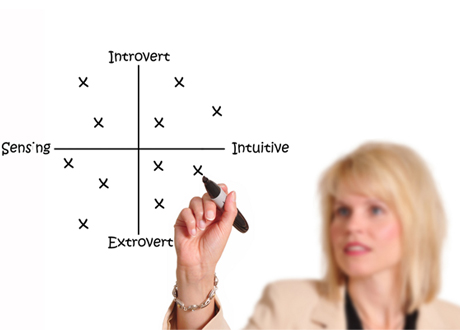Understanding the Innovative Mindset: Can it be learned?
Where do creativity and innovation come from? It’s an age old question: are creativity and innovation innate abilities, something you’re either born with or not, or can they be learned? While the debate continues, the data is increasingly pointing to the fact that qualities like creativity and innovation are largely learned behaviours.











